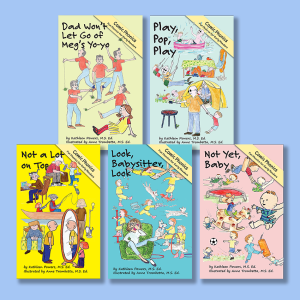In my past blog, I suggested eight ideas to improve your writing. In my next paragraph, I will ignore those suggestions and write poorly. See if you can find eight examples of poor writing in this next paragraph.
A reader contacted this blogger a few days ago. She informed me that there were good ideas in my most recent blog, and moreover, she suspected this blogger could utilize that blog to compose another blog that contradicts the advice of the first blog, and thereby set up a challenge to locate the poor writing and to attract a multitude of readers like her who are puzzle aficionados. I listened to my reader’s admonition, and this paragraph is my response.
 Spoiler alert: The following paragraphs expose the poor writing. Are you ready?
Spoiler alert: The following paragraphs expose the poor writing. Are you ready?
- “This blogger” draws attention to the writer of the blog in a way that the word “I” does not. As the writer of the blog, I need to refer to myself in the paragraph. But I should choose an inconspicuous way to do that.
- “She informed me” draws attention to the way she spoke which is unimportant. “She informed” is better written as “she said.” “Said” is an inconspicuous word.
- “There were” puts the subject later in the sentence. “There were good ideas” could be better written as “my blog contained good ideas.”
- “Moreover” and “thereby” are transition words that interrupt the flow of the sentence. “Moreover” is better said as “and.” “Thereby” is better said not at all in this paragraph. It is not needed.
- “Admonition” is a four-syllable word and “aficionados” is a six-syllable word. Both draw attention to themselves because many readers might not know what the words mean. It’s better to stick to simpler vocabulary (“advice” and “fans”) in a blog meant for children as well as ESL students and adults.
- The second sentence in the three-sentence paragraph is 59 words long—far too many words for readers trying to understand the writer’s message. The sentence should be broken down into three or four simpler sentences.
- “She informed me that” introduces and indirect quote. Use direct quotes whenever possible so readers can hear for themselves the vocabulary, the tone, the grammar and the inferences of the speaker.
- And lastly, the paragraph is five lines long. Is that too long? Maybe, maybe not. It is the longest paragraph of this blog, so it might look long–and intimidating–to some readers. This is especially true because it extends the width of the blog. Yet because the second sentence is so long, the paragraph is hard to subdivide.
All these ideas about good writing are based on the fundamental rule of good writing: Clarity is the most important characteristic of good writing. If a word or sentence or paragraph is not clear to readers, they will not keep reading.








